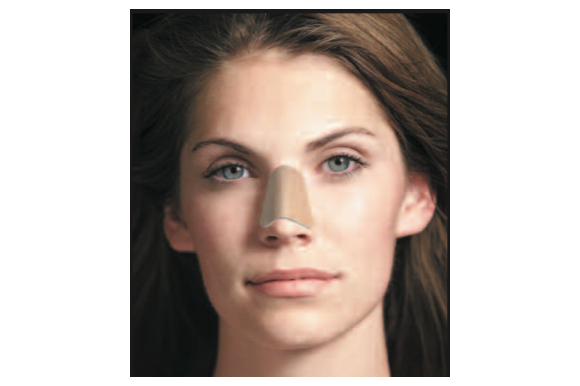Fractured Nose and Nosebleeds: What You Need to Know
So what do you do if you have accidentally injured your nose or even fractured your nose in Singapore? As an ENT specialist in Singapore, we see a few nasal injury cases every month, both children and adults with possible nasal fractures. Sometimes, the nasal fractures are the result of having been involved in a traumatic fight or argument, but more often, nasal fractures occur after an accidental fall. We also see many MMA fighters who present with broken noses and swollen ear deformities known as ear pseudocysts.
If you turn up at the emergency department with a nasal or facial injury, the duty of the on-call A&E doctor is to rule out more worrying injuries such as bleeding from the brain (intracranial haemorrhage) and orbital (eye) fractures. These serious injuries need to be managed and stabilised first before your nasal injuries or broken nose is focused on. An X-ray of your nose may be performed if the doctor suspects you might have an underlying nasal fracture. They will then refer you to your friendly ENT specialist in Singapore for further assessment, usually a good idea to turn up around Day 3 to 5 after your nasal injury, when assessment is clearer after the initial soft tissue swelling starts to subside.
Of course, if you have heavy nosebleeds which do not stop with simple pressure, after a broken nose, then your friendly ENT specialist in Singapore will also be called to see you at A&E. If we can find the bleeding point to cauterise to stop the bleeding, then this can be done in A&E but if the bleeding from your nose is too heavy, then you might need temporary special sponge packing to be inserted into your nose, with a view to heading to the operating theatre to use a camera to hunt down the bleeding vessel or vessels to stop the bleeding if it continues. Bleeding after nasal trauma may either come from the very front part of the nose or from a more major artery at the top of the nose and/or back of the nose. If access is poor for our ENT cameras and equipment to enter the nose to stop the bleeding, then sometimes a septoplasty surgical procedure may need to be performed to correct a crooked nose/deviated nasal septum which is restricting the nasal passage width. Septoplasty is a common nasal procedure done to open up your blocked nasal passages to help you breathe more clearly, as many ENT patients in Singapore often come to see us with persistently blocked nose with difficulty breathing and hence often have loud snoring at night because they have to breathe through their mouth all the time.
In the immediate early 2 weeks after a nasal fracture however, if the nasal fracture is displaced, meaning the broken fragments of nasal bone are not aligned correctly, then we advise the patient with the broken nose to undergo a manipulation and reduction of their nasal fracture in Singapore. This is a safe quick procedure done under a very short anaesthesia to allow us to reduce or straighten the crooked broken nasal bones back into place so that they heal well-aligned. This procedure usually should be carried out within 2 weeks of the nasal injury (sometimes 3 weeks is possible) to re-align the broken nasal bones before they start to knit and heal in the incorrect position, ideally the earlier the better. The patient can go home the very same day after they have woken up from their short general anaesthesia. They have to wear a special nasal splint to protect their fractured nose while the bones heal up completely (see picture below).
Later on, after the bony injury has healed, but if the patient still has a blocked nose that he can’t breathe through, then other nasal procedures such as a septoplasty or a full septorhinoplasty (“nose job”) may be required, to open up the narrow nasal airways to help the patient breathe better. Breathe well, sleep well, live well!

Share this blog via:


